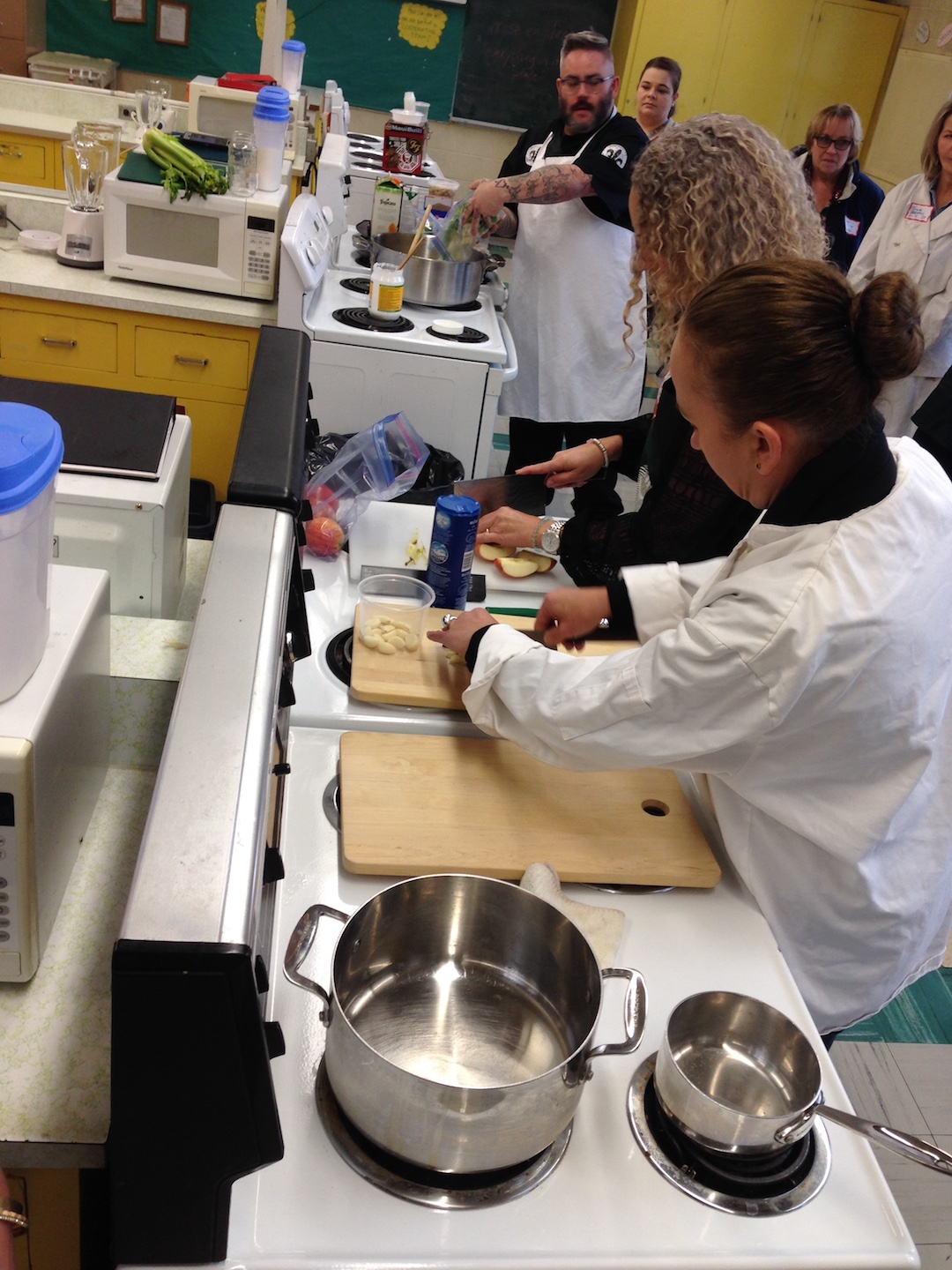In 2019, we are living in exciting times!
Better healthcare, clean water, and an abundance of food supplies have resulted in longer lifespans and a flourishing population world-wide.
However, with this explosion in the global population, it is more important than ever to look towards our food system to ensure it is sustainable for future generations.
One way to do this is through urban agriculture.
What is Urban Agriculture?
Urban agriculture is the practice of growing plants (particularly harvestable food) in, or within proximity to the cities we live in.
Individual, environmental, and community health are three of the top priorities when it comes to the production of food. Although seemingly separate, these issues share a deep connection at the core.
Urban agriculture is a farming technique with the rare capability of addressing all of these issues, tying them seamlessly together in one sustainable package.
With that said, here are the:
Top 3 Benefits of Urban Agriculture
1. DECREASED TRANSPORTATION REQUIRED
Did you know that 2007 was the first year that the amount of people living in cities outnumbered those living elsewhere? This begs the question: if we are changing where we live, why haven’t we changed where we grow our food?
Right now, the food we eat is transported hundreds, even thousands, of kilometers from farms to cities. This requires burning enormous amounts of fossil fuels to power large trucks, boats, and even cargo planes to transport our food.
According to the David Suzuki foundation, the average meal travels 1200 kilometers from farm to plate. Multiply that by 3, and 3600 kilometers of carbon-dioxide-producing-transport is needed for just one day’s worth of meals!
What if we take it one step further?
In one year for one person, food is transported approximately 1.3 million kilometers
Urban agriculture allows us to grow food right in our cities and towns, thus reducing the amount of pollution from mass-transport.
Smaller scale food production also requires less machinery and resources, thereby further reducing the environmental impact!
2. INCREASED DIVERSITY IN THE DIET
Do you ever notice when you’re driving on the highway and see a farmer’s field, there is only one crop planted as far a you can see in any direction?
This is called mono-culture.
Mono-culture results from government subsidies on crops like corn, intended to keep the supply high and the price low. This gave farmers incentive to specialize in a single crop.
While this has economic benefits for the consumer, nutritionally it may cause some problems.
Here’s how mono-culture reduces nutritional diversity:
In order to maintain health, the human body requires a variety vitamins, minerals, and nutrients.
You’ve probably heard the expression “eat the rainbow.” Colorful fruits and vegetables contain fiber, antioxidants, and essential vitamins and minerals making them great for our health.
With mono-culturally produced crops, we begin to see a decrease in the choice of nutrients available. Instead of a range of fresh, colorful fruits and vegetables, we have hundreds of different products like crackers and chips.
The low price of these corn-derived products resulting from government subsides makes it difficult for the average consumer to justify spending more money on a healthy alternative.
The Fix
Urban agriculture counteracts this cycle. Instead of focusing on a single crop, a wide selection of fresh produce is grown to cater to the health of the community.
Also, because urban agriculture eliminates most of the transportation costs associated with food production, it is a viable way to make healthy foods affordable to all.
3. DECREASED LAND REQUIREMENTS
One of the biggest problems of our agricultural system is the destruction of land used for farming.
The culprit?
Although many reasons for this phenomenon exist, mono-crops are once again at the heart of this issue.
We can see another chain reaction taking place in this situation:
Mono-crops lack plant diversity required to provide proper nutrients to the soil.
Which results in…
Fertilizers being needed to make up for this shortage of nutrients.
Which causes…
Increased acidity levels and reduced microorganisms in the soil rendering it unusable after prolonged exposure.
The sheer acreage of land required for crop production is also becoming a real issue worldwide. With the global population expected to reach 10 billion by 2050, we must start being as efficient as possible with how we utilize our land.
Saving Land with Urban Agriculture
Urban agriculture lays the foundation for nutrient rich soil by promoting a diverse harvest. This helps soil receive all the nutrients it needs from the variety of plants grown, reducing the need for chemical fertilizers, herbicides, and pesticides.
Another benefit of urban agriculture is that less physical land is required for crops. This is a result of vertically integrated farming, a space saving solution that involves growing plants in vertical layers to conserve land and resources.
INterested in Learning More?
Many programs right here in Edmonton work to inspire a green planet, and a healthy population.
Community Gardens, Little Green Thumbs, and Urban Ag High are all examples of projects working towards a more sustainable future for our food system through urban agriculture.
They share a common goal of developing a sense of community and showcasing the many benefits urban agriculture has to offer!
Thanks for reading, hope you enjoyed!
About the Author
Ivan Boychuk (http://sustainablebusinesswriting.com/)
Hi, my name is Ivan Boychuk and I am writer with a keen interest in environmental sustainability and nutritional health. I specialize in writing quality content for businesses who share my goal of preserving health, protecting the environment, and sustaining the future.































































































































































